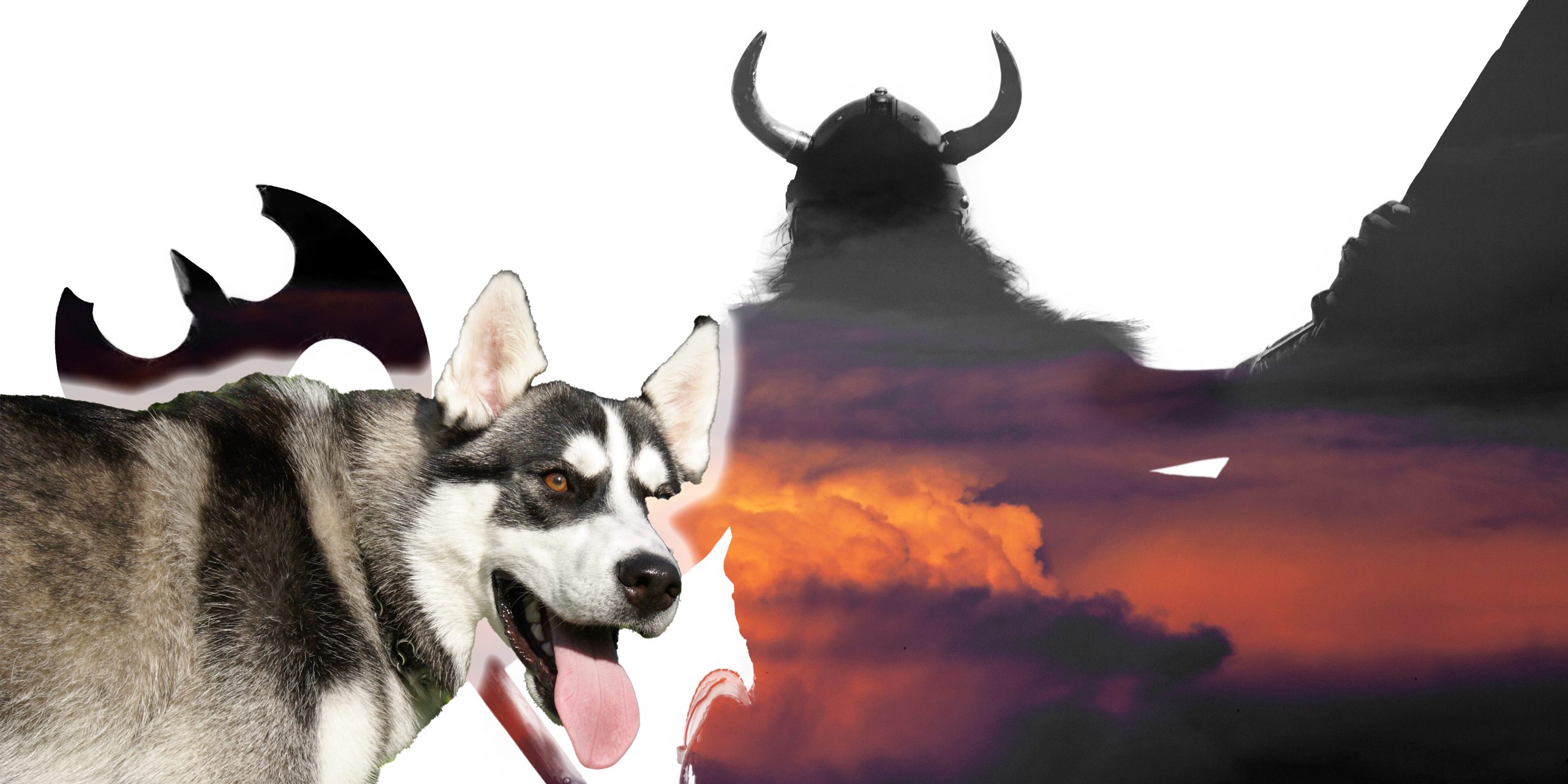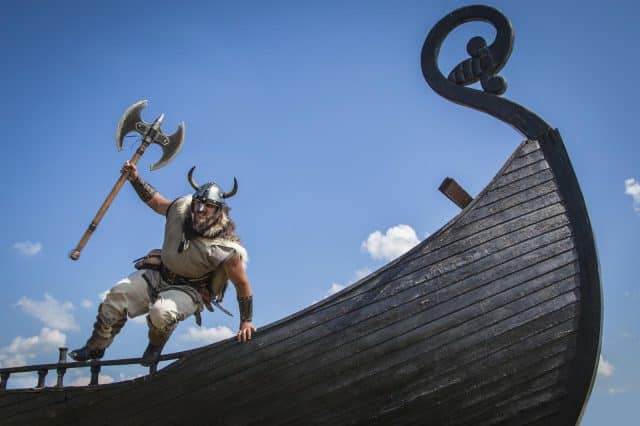Viking warriors traveled with their pets as their armies invaded England, a series of burial mounds have revealed.
The mighty Vikings sailed west to raid the English countryside in the 9th century AD. But they seemed to have traveled there with more than weapons and supplies. A new analysis of the remains found in a Viking burial ground in the region revealed that several contained human remains and those of domestic animals like dogs that the invaders brought with them in their raids. According to the Anglo-Saxon Chronicle—a collection of historical records written in Old English over various centuries—the Viking Army invaded England’s southeast coast in 865, forcing its way inland. They were powerful and unmatched in hand-to-hand combat, and by the year 873, the Vikings reached the town of Repton, located a few miles from a burial ground now known as Heath Wood.
Heath Wood and what was found
Archeological excavations have been going on for several decades at Heath Wood. In fact, archeological excavations in the 1940s and 1950s discovered 59 Viking burial mounds, managing to excavate twenty of them. Inside, they discovered Viking burial goods and human remains with evidence of blunt force trauma. A recent paper published in the prestigious journal PLOS ONE details the analysis of six individuals and animals cremated and buried at Heath Wood. Archaeologists discovered a sword hilt within the burial mound, artifacts made of iron and silver, and fragments of what was identified as a Viking-era shield. In addition to the burial goods, archeologists also discovered the skeletal remains of a younger adult, the bones of a horse, a dog, and what was probably a pig.
Vikings sailed with their pets
The study saw experts study the remains of another adult but from another burial mound. Scientists found interesting results by analyzing the burned bones with a new technique. Based on the team’s study of strontium isotopes, the chemical variations that can indicate where a person or animal lived, the authors uncovered that the animals and one of the adults were not born in England. Rather, their strontium values were much closer to those found in the Baltic shield region of Scandinavia, a geological area that roughly corresponds to present-day Norway and Sweden. This suggests that the Viking warriors sailed west shortly before his death, bringing their animals with them. As revealed by Live Science, the study’s results provide the first evidence of the late ninth-century migration of people and their pets across the North sea from Scandinavia to the very heart of England. Whatmore, the fact that scientists discovered not one but three different animal species is intriguing. Experts say these animals could have served different purposes, such as transportation (horses) and food (pigs), but also as pets, in. a similar way as we have dogs and cats today.
Have something to add? Visit Curiosmos on Facebook. Join the discussion in our mobile Telegram group. Also, follow us on Google News.





